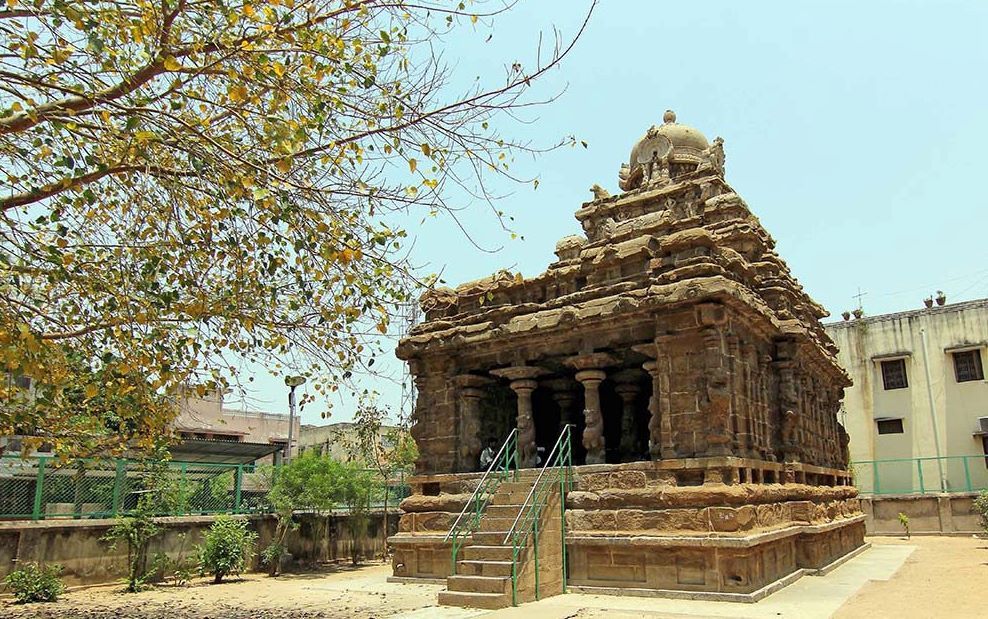
How much does India spend on conservation of historic monuments?
The number of protected monuments under the control of the Central government would increase to as much as 10,000 from the current levels of about 3691, as the government is planning to hand over the control of monuments including temples in Tamil Nadu and Karnataka to the Archaeological Survey of India (ASI).

The number of protected monuments under the control of the Central government would increase to as much as 10,000 from the current levels of about 3691, as the government is planning to hand over the control of monuments including temples in Tamil Nadu and Karnataka to the Archaeological Survey of India (ASI).
In the wake of this proposal, around seven thousand temples in Tamil Nadu are likely to come under the control of ASI, the question that arises is ‘what is the cost of conservation of these historic monuments?’
According to the data from the Ministry of Culture, ASI had incurred an expense of around ₹405 crore for the conservation, preservation and environmental development of the 3691 monuments in the financial year 2018-19. These monuments included iconic places like the Taj Mahal, Qutub Minar, Ellora caves, Sun Temple in Konark, etc.
In the preceding financial years 2016-17 and 2017-18, it had spent around ₹410 crore and ₹301 crore, respectively. Though the actual cost may vary, the average amount spent per monument is around ₹8 lakh per annum, according to the data provided by the ministry.
Currently, Uttar Pradesh has the maximum number of heritage monuments (745) under ASI control and had spent ₹15.9 crore in 2018-19. This is followed by Maharashtra and Tamil Nadu, with 506 and 413 monuments, respectively. These states together spent ₹39.3 crore on conservation and preservation efforts in 2018-19.
The Delhi circle has the maximum spend at ₹24.5 crore. It is also important to note that Delhi has three – Red Fort, Qutub Minar, and Humayun’s Tomb – of top ten revenue-generating monuments in India. However, the exact revenue generated by these monuments has not been disclosed by the Ministry.
Taj Mahal tops the list of top ten revenue-generating monuments in India. It is followed by the Agra Fort, Qutub Minar and Red Fort (Delhi). Other places in the list are – Humayun’s Tomb, Fatehpur Sikri, Sun Temple (Konark), Ellora Caves (Aurangabad), Elephanta caves (Mumbai) and a group of monuments in Mamallapuram, Tamil Nadu.
Tamil Nadu has spent around ₹80 crore to maintain 420 monuments (seven from Puducherry) in 2018-19. This cost could go up considerably if the new proposal is approved.
Professor Vasant Shinde, internationally renowned archaeologist speaking to The Federal said, “The cost to be incurred cannot be estimated at this point in time. It is possible only after proper assessment and audit of the monuments.”
The condition of the monument, boundary wall, approach road as well as the conservation assessment of the place are some factors that are taken into consideration to estimate the cost of maintenance of the monument.
“The revenue generation by means of ticketing is one common way of generating funds for maintaining the monuments,” says Prof Shinde. Apart from that, the government will only allocate funds for the conservation efforts, he said.
“’The temple Trusts’ would be given guidelines by ASI so as to ensure the activities in the temples do not hamper the structure of the monument if at all they take over,” he added. Shinde also informed that no modification can be done with the structure once the monument comes under ASI.
Minister of state, Pralhad Singh Patel in his answer to a Lok Sabha inquiry informed that the ASI received a fund of ₹445 crore to meet the expenses of salaries, wages of the employees and outsourced work in the year 2019-20.
DMK president MK Stalin had opposed the move and alleged that the temples which are already under ASI, are not being maintained properly.
“When most of the monuments and temples under ASI are being maintained badly, the Centre’s plan to take over other monuments is an injustice,” Stalin had said.
“By taking control of temples built during the Sangam Age and during the period of Pallavas, Pandyas, Cholas, Cheras and Nayaks, the Centre is trying to damage Tamil culture,” he added.


